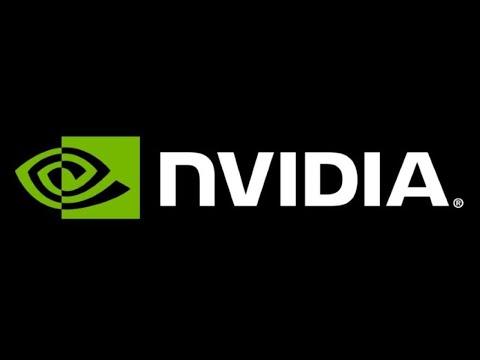I recently encountered a frustrating issue while trying to install the GeForce Game Ready Driver on my Windows 11 system. It seemed like a routine task—download the driver, run the installer, and get back to gaming. However, the process quickly spiraled into an error-filled nightmare. The error messages were cryptic, and no amount of troubleshooting seemed to resolve the problem. This challenge became a major roadblock, as my gaming setup was incomplete without the latest drivers.
Initially, I was puzzled by the frequent installation failures and error codes that appeared on my screen. The installer would either freeze midway or display messages indicating issues with compatibility or corrupted files. I tried various fixes: restarting my PC, running the installer as an administrator, and even downloading different versions of the driver, but nothing seemed to work.
I decided to delve deeper into the problem. I began researching online forums, tech support sites, and even reached out to NVIDIA’s customer service for assistance. Many users reported similar issues, often relating to conflicts with existing software or problems with the Windows Update service. This gave me a starting point to investigate further.
One common suggestion was to ensure that no remnants of previous driver installations were causing conflicts. I used the Display Driver Uninstaller (DDU) tool, which is specifically designed to cleanly remove old graphics drivers. I followed the instructions carefully: booting into Safe Mode, running DDU to remove any traces of NVIDIA drivers, and then rebooting my PC.
After cleaning out the old drivers, I proceeded to download the latest version of the GeForce Game Ready Driver from NVIDIA’s official website. This time, I made sure to download the version that matched my exact GPU model and Windows version. I was meticulous about checking the compatibility to avoid any potential issues.
With a fresh start, I launched the driver installation process again. This time, the installer progressed smoothly without any errors. The process took a bit longer than usual, but it completed successfully. I was relieved and excited to see that the driver had been installed correctly. To ensure everything was working perfectly, I restarted my PC once more and verified that the new driver was properly recognized and functioning through the NVIDIA Control Panel.
Despite the initial setbacks, I was pleased to find that the updated driver not only resolved the installation issues but also enhanced my gaming experience. The driver brought improved performance and stability, which was evident in the smoother gameplay and better graphics quality.
Reflecting on the experience, I realized that troubleshooting such issues requires patience and a methodical approach. Ensuring that all remnants of previous installations are removed, downloading the correct driver version, and following detailed installation procedures are crucial steps in resolving driver installation errors.
In the end, overcoming this challenge not only improved my gaming setup but also taught me valuable lessons in handling technical difficulties. It’s important to remain persistent and utilize available resources to find effective solutions.
